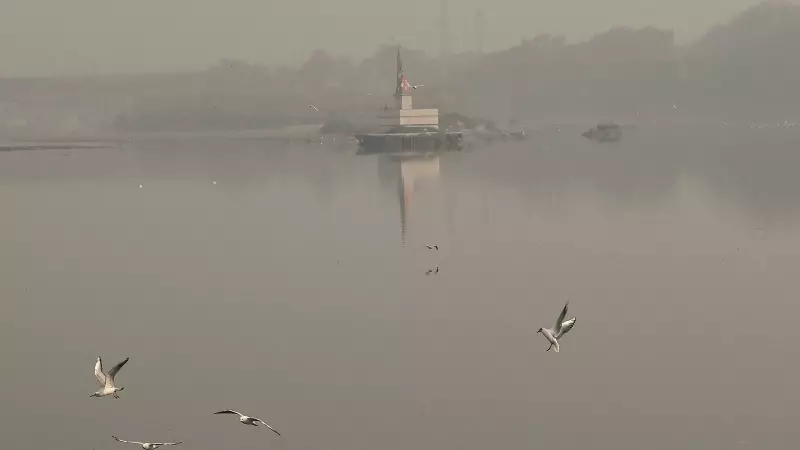
Two full days after Diwali festivities concluded, India's national capital continues to struggle with dangerously polluted air, with the Air Quality Index (AQI) stubbornly remaining in the 'Very Poor' category across most monitoring stations.
The Persistent Pollution Problem
Despite hopes that post-Diwali conditions would improve, Delhi residents woke up to another day of hazy skies and poor air quality. Monitoring data from the Central Pollution Control Board reveals that the situation shows little sign of immediate improvement, raising concerns among health experts and environmental authorities alike.
Current AQI Readings Across Delhi
Multiple monitoring stations across the city reported AQI values consistently in the 'Very Poor' range, with some areas hovering dangerously close to the 'Severe' category threshold. The pattern indicates widespread pollution affecting residential, commercial, and industrial areas uniformly.
What's Keeping Pollution Levels High?
Several factors are contributing to the persistent poor air quality:
- Weather conditions unfavorable for pollutant dispersion
- Residual firework emissions from Diwali celebrations
- Local pollution sources continuing normal operations
- Regional agricultural burning adding to the pollution burden
Health Advisory for Delhi Residents
With AQI remaining in the 'Very Poor' category, medical professionals are advising precautionary measures:
- Avoid morning and evening outdoor walks and exercise
- Wear N95 masks when going outside
- Keep windows closed, especially during peak pollution hours
- Use air purifiers indoors, particularly for children and elderly
- Stay hydrated and monitor for respiratory symptoms
The Road Ahead
Environmental authorities are closely monitoring the situation, with the Commission for Air Quality Management likely to consider additional measures if conditions don't improve soon. The focus remains on protecting public health while addressing the complex factors contributing to Delhi's annual air quality crisis.
The current situation underscores the ongoing challenge of managing air quality in India's capital, particularly during the winter months when meteorological conditions exacerbate pollution problems.





